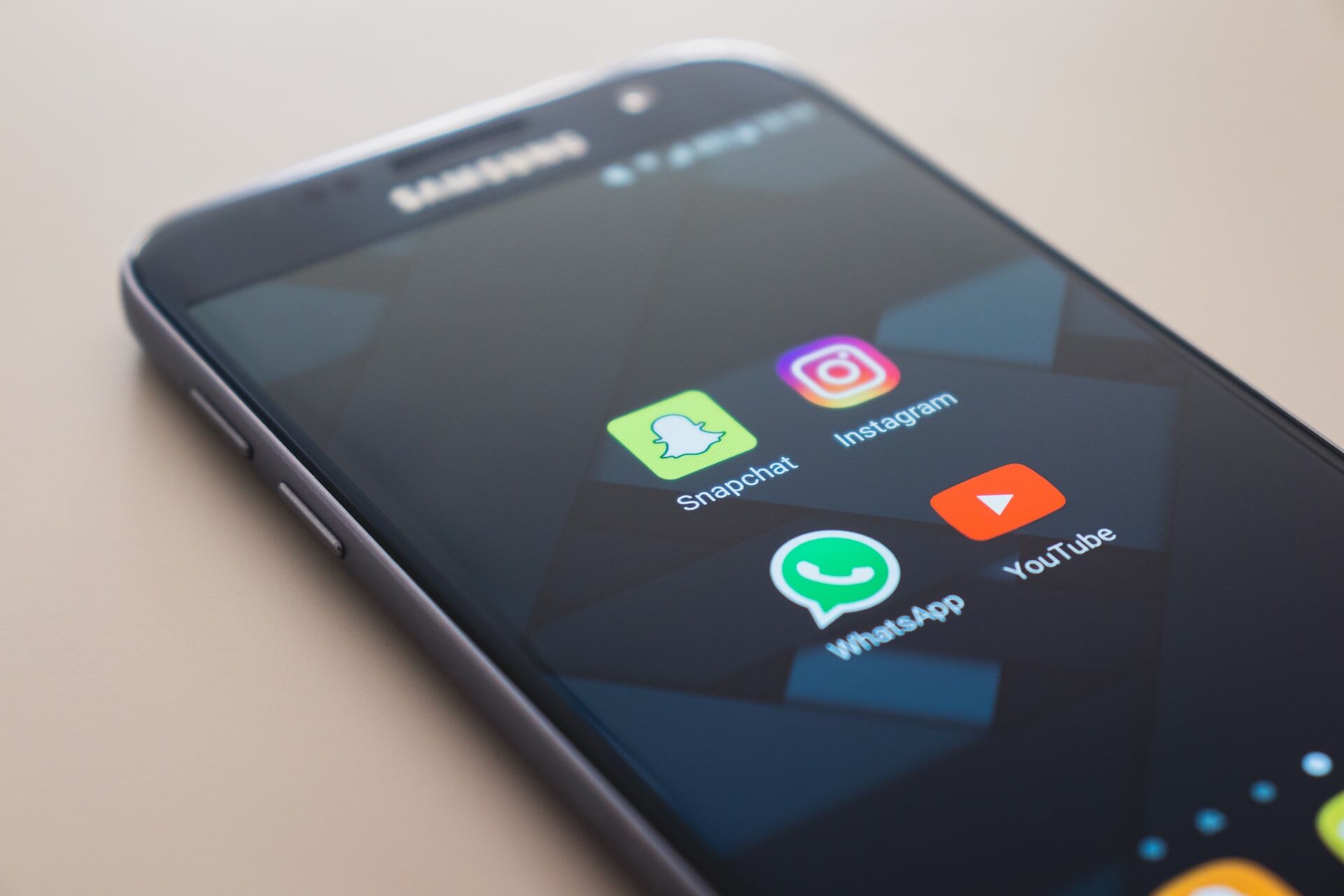There was a time when marketing was very firmly divided. If you wanted to market to consumers you pretty much had a free reign to do anything. You could be serious, you could be emotional, you could use humour or tug on heartstrings – everything was on the table. But the minute you tried to market to businesses you had to be serious. You had to be as humourless as possible, leaving your humanity at the door before you checked into work.
You can still do all of the above for direct-to-consumer marketing, but you’re not limited to being boring for B2B communications, especially if you run an SMB.

Why so serious?
A Trustradius study from 2019 showed that Millenials make up 59% of B2B buyers, and Gen Z is filling in a significant chunk of the rest.
The concept, as misguided as it was, was probably a product of a younger generation of marketers (millennials at the time) who were planning campaigns for older people, baby boomers and Gen-X buyers, people who they looked up to as their seniors, people who, in general, saw business to business communications as serious business.
And this is true. There is a certain kind of B2B communications that should remain serious. Some subject matter can’t be joked about, it can’t be trivialised, and it can’t be made conversational.
I don’t want to read about the latest breakthrough in heart replacement valve technology in the tone of voice that’s more suited to an Australian beer brand.
But it’s not black and white. It’s not even 50 shades of grey. It’s a continuum, and there are so many different ways of communicating with B2B audiences, that you can’t just go out with a “it’s B2B, so it’s serious and detached”.

B2B is Human
Our first, and quite predictable, piece of advice is to keep an element of humanity in your B2B communications. There was a long period when you’d be expected to sanitise any element of humanity for B2B communications, but that time is gone.
You should write for businesses just like you write for anyone else, because at the end of the day it’s a human at the other end of the screen (or page).

Radical Candour
Be as honest as possible with these audiences. They’ll see through your attempts at subterfuge, erm, I meant they’ll call your bullshit when they see it. Be honest (well, we’d advise being honest at all times), but don’t sugarcoat stuff. Don’t pretend that your offering is perfect, it isn’t.
So the best way to win over millennials and Gen X B2B buyers is by helping them make informed choices, even if it means sending them over to your competition. If you win their trust by sending them over to your competitor when their offer is better at doing something that you don’t excel at, they’ll be back for your services when they need something that you can really offer them.

Cut the crap & be yourself
Just like the point above, younger generations don’t take kindly to finding that they were treated differently when they were being marketed to. It’s better to not close a sale because of a potential culture mismatch before you get them than to lose a client after you’ve started working with them.
Be as transparent as you possibly can with your communications, and wear your heart on your sleeve. It will reduce the number of enquiries you generate, but it will increase your closing rate.

Think like a B2C Marketer
B2B marketing, especially for SMBs, can feel like a single-channel affair sometimes, but your customers are, most likely, using a number of channels in different phases of their workday (and their lives).
Think like a B2C marketer and apply your message to as many channels as you can reasonably maintain. Speak to them on Instagram with the aspect of your business that’s the most aesthetically pleasing, use stories for behind-the-scenes content, put out thought leadership on LinkedIn and write in-depth articles on your blog. This approach will give you an element of inevitability, which is great, but it will also help you seem far more relatable.
The same goes for the channels in which you accept to do business. Don’t build barriers because of some preconceived notion of process that suits your administration team. If your customers want to speak to you on Instagram, or on Messenger, then offer those as proper channels for doing business.

And in the end…
The conversation around B2B versus B2C has been going on for longer than most B2B companies have been around, and, as the communication landscape shifts rapidly, so does the way B2B marketing is interpreted and executed.
Consumers change, too. Whether they’re B2B or B2C is irrelevant because all communication has to be human to human – and the great mistake B2B advertising makes is that it treats the consumers at the other end of the conversation as a stand-in for a corporation.
Talk to your consumers, B2B or B2C, like humans: it’s what forms the start of a long-term relationship and that’s what lasting value is predicated upon.




